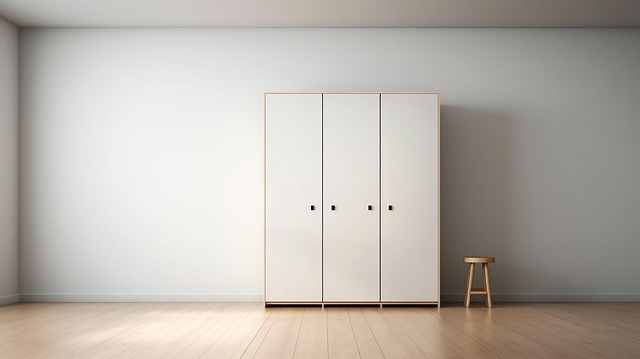Fusing Functionality and Aesthetics: The Rise of Modular Furniture in Home Design
Introduction: As we continue to evolve and adapt to changing lifestyles, our homes too must evolve. One emerging trend that is revolutionizing the way we live and design our spaces is modular furniture. This article delves into the history, current trends, and practicality of modular furniture in home design.

The Historical Context of Modular Furniture
The concept of modular furniture is not new. It dates back to the mid-20th century, where designers sought to create versatile and functional items that could adapt to the changing needs of post-war families. The Eames Storage Unit, designed by Charles and Ray Eames in 1950, is a perfect example of early modular design, offering customizable storage solutions that could adapt to various home layouts.
Modular Furniture in Contemporary Design
Fast forward to the 21st century, and modular furniture is making a significant comeback. Today’s modular furniture takes on a more sophisticated and streamlined approach, blending seamlessly with modern aesthetics. From modular sofas that can be rearranged to fit different spaces, to stackable storage units that can be expanded as needed, these pieces provide a practical and stylish solution for dynamic living spaces.
Practicality and Market Trends
Modular furniture is highly practical, offering flexibility and versatility. It caters to the need for customization in today’s fast-paced and ever-changing world, where space optimization is crucial. This furniture design allows homeowners to modify their spaces without purchasing new furniture, making it a cost-effective choice.
The market for modular furniture is rapidly expanding, with an expected growth rate of 6.5% from 2021 to 2026. This growth is driven by increasing urbanization, shrinking living spaces, and a rising demand for flexible and multifunctional furniture.
Enhancing Everyday Living
Beyond practicality, modular furniture significantly enhances daily living. It encourages creativity, allowing homeowners to personalize their spaces. This goes beyond mere aesthetics—it’s about creating a functional space that reflects individual lifestyles and preferences.
The Future of Modular Furniture
As we continue to embrace flexible and adaptable living spaces, the future of modular furniture looks promising. It represents a perfect blend of form and function, meeting the growing demand for personalized and practical home design. Whether you live in a small city apartment or a large suburban home, modular furniture offers a stylish and practical solution to your design needs.
In conclusion, modular design is not merely a trend—it’s a reflection of our evolving lifestyles. It’s a design philosophy that prioritizes adaptability, personalization, and functionality, making it a perfect choice for modern homeowners.




